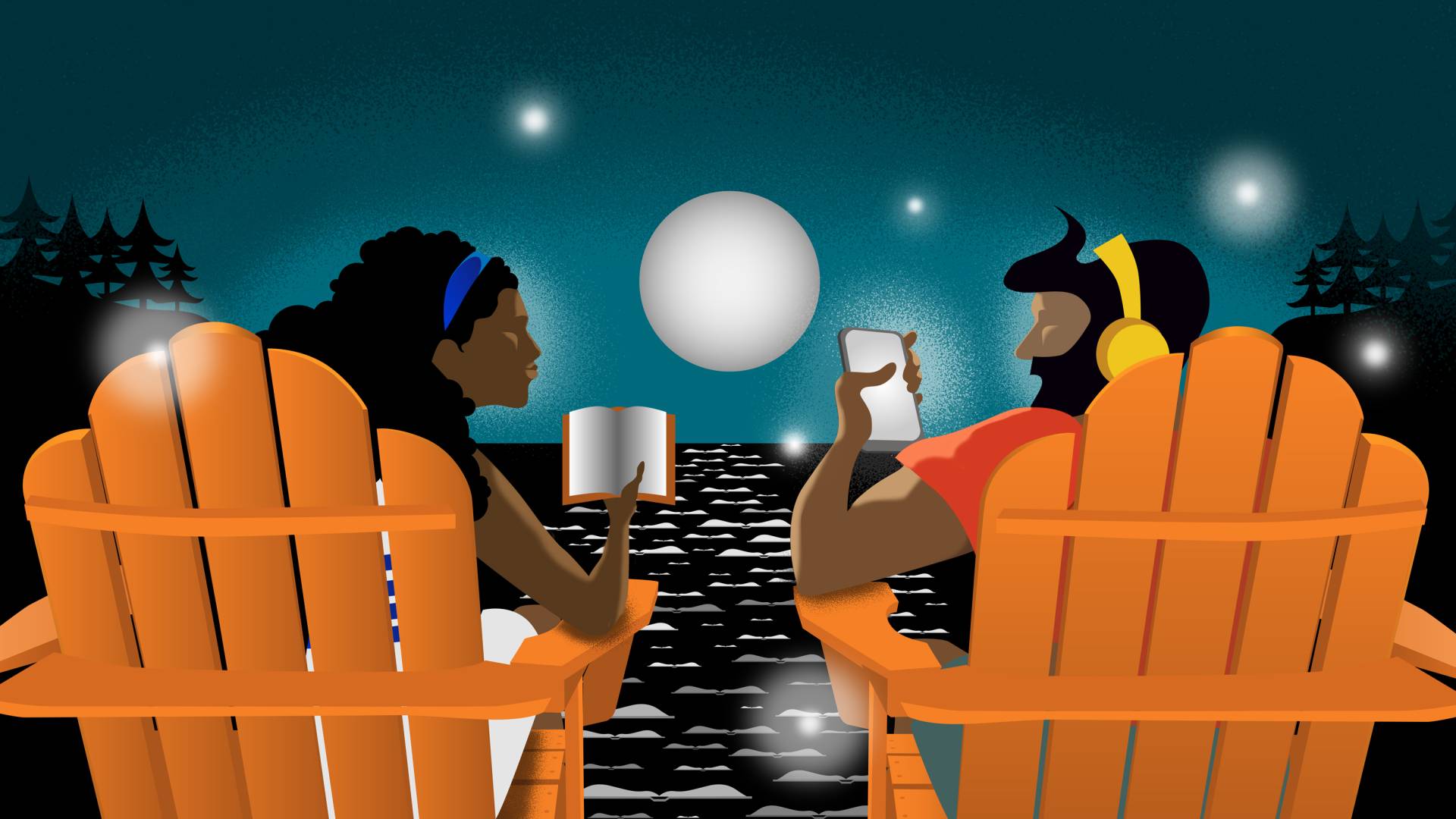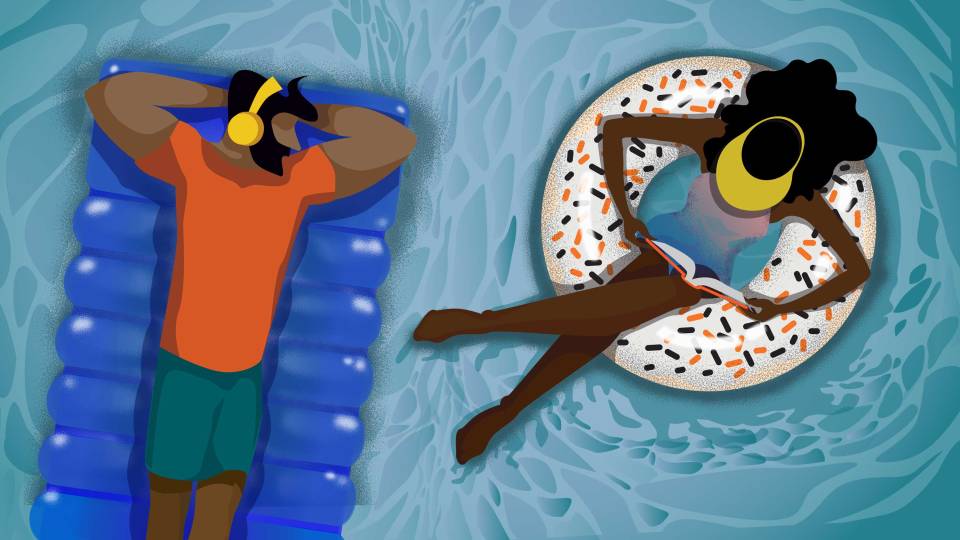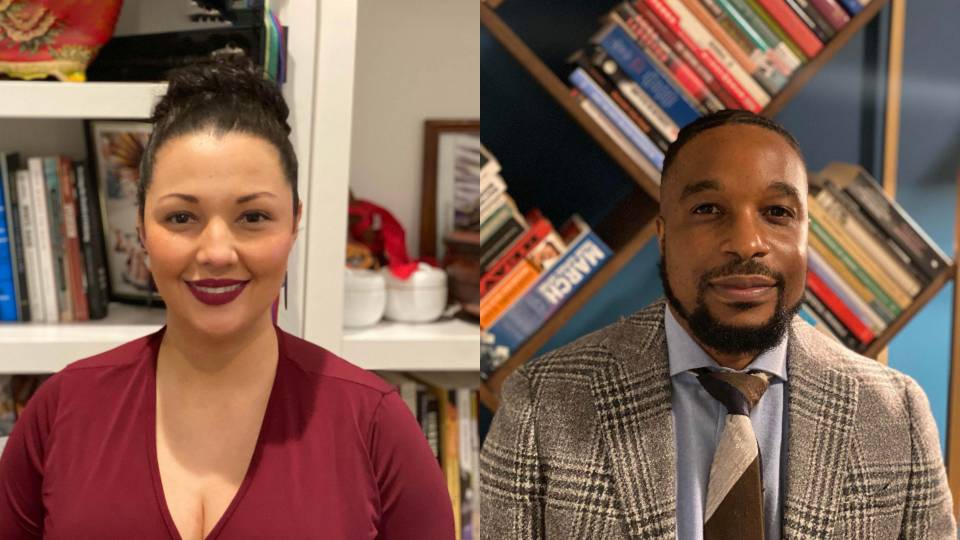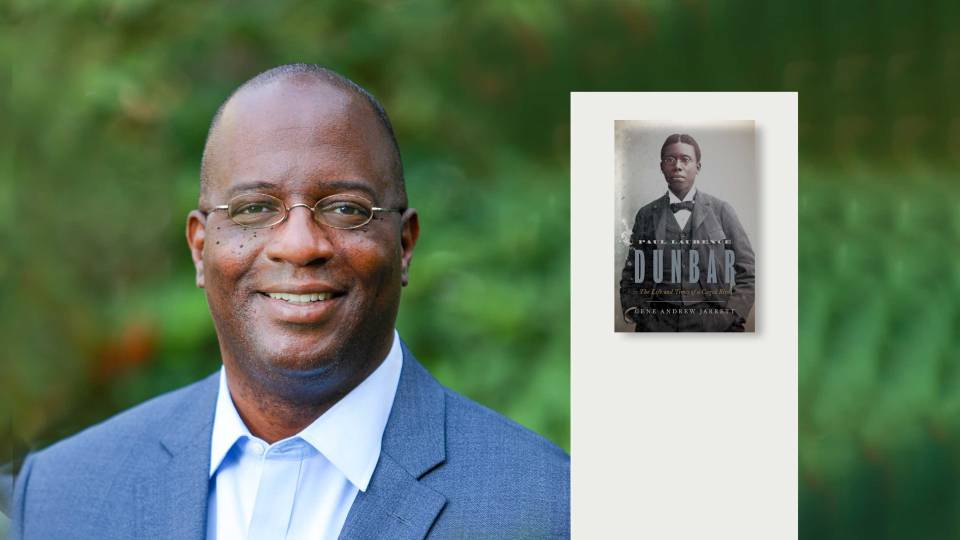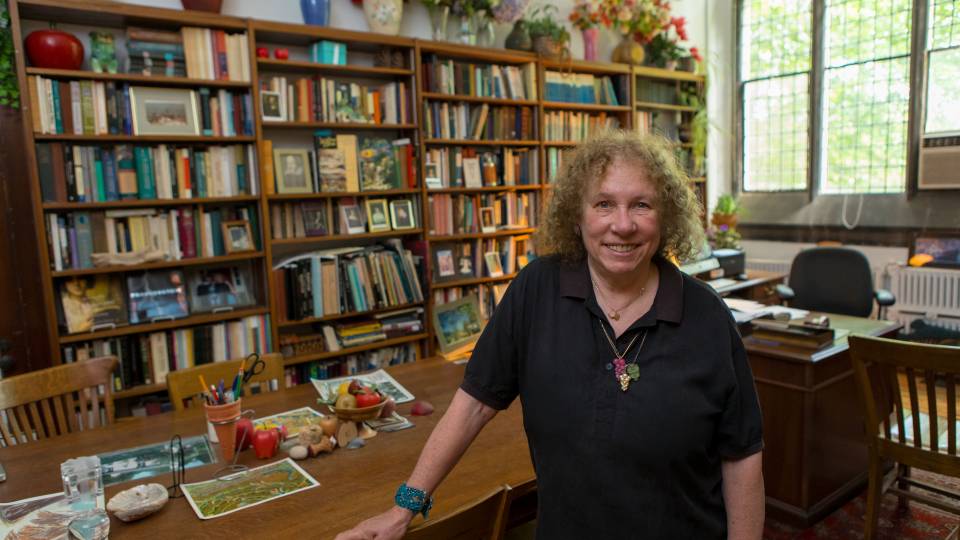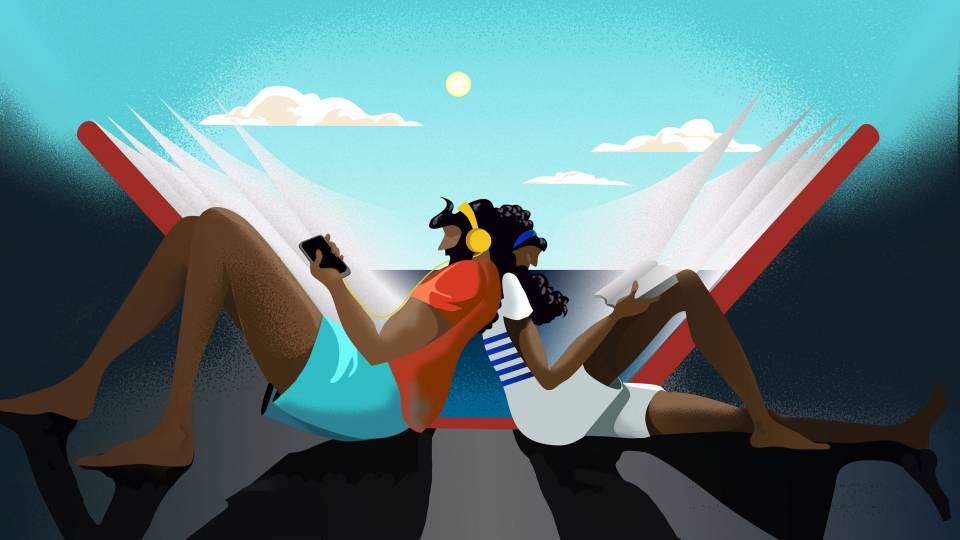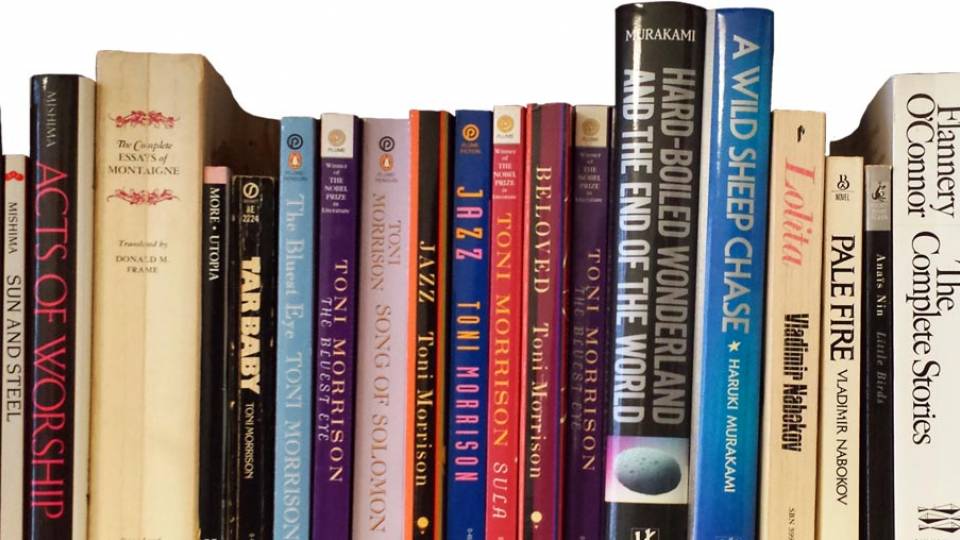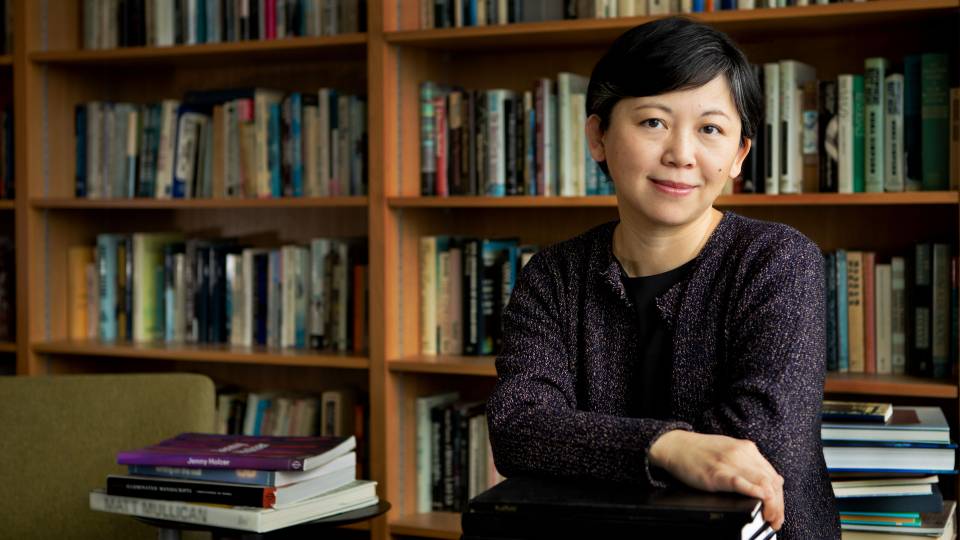Six Princeton professors talk about how the books on their shelves relate to their work and share what’s on their summer reading lists. Some book choices reflect their scholarly research and teaching. Others illuminate personal interests and current issues in the headlines.

Janet Currie
Janet Currie
Currie is the Henry Putnam Professor of Economics and Public Affairs, and co-director of the Center for Health and Wellbeing.
Tell us about a particular book on your shelf.
One of my favorite books is “Don Quixote” by Miguel Cervantes. I have a beautiful large-scale illustrated edition that I picked up from a street vendor in New York. I read it aloud (all 950 pages!) to my children when they were small. It was actually quite entertaining as a read-aloud book. Although Don Quixote is deluded and often seems ridiculous to others, he tenaciously pursues his dream. I have always loved the idea of a quest and the idea that the journey is as important as the destination. It is perhaps a good metaphor for academic research: We may sometimes tilt at windmills and draw exactly the wrong conclusions from our experiences. But the important thing is to proceed with transparency and integrity.
What’s on your summer reading list?
Two books somewhat related to my work are:
“Writing with Pleasure” (2023) by Helen Sword. Academics write every day and that can make it seem like a chore. This book has many useful writing tips, but the focus is on the sheer joy of creation implicit in the act of writing. It's good to be reminded of that.
"Mind Fixers: Psychiatry's Troubled Search for the Biology of Mental Illness” (2019) by Anne Harrington. Much of my current research focuses on child mental illness. I'm examining its economic costs, the effectiveness of treatment, and the reasons that so much ineffective treatment persists. This book offers a history of science perspective on the intellectual struggle to understand and treat these conditions.
Two books that I look forward to reading for fun are:
“The Wife of Bath: A Biography” (2023) by Marion Turner. I love the idea of writing a biography of a fictional character. This book promises to bring the medieval period to vivid life by framing it through the memorable character of Chaucer's Alison — and tracing the way people have responded to her in the centuries since the Canterbury Tales.
“Dinners with Ruth: A Memoir on the Power of Friendships” (2022) by Nina Totenberg. This memoir focuses on the friendship between two powerful women, NPR legal affairs correspondent Nina Totenberg and Supreme Court Justice Ruth Bader Ginsburg. One of the bonds they shared was dealing with entrenched sexism and people determined to keep them out of their chosen fields. I look forward to reading more about how they dealt with that, both practically and emotionally.
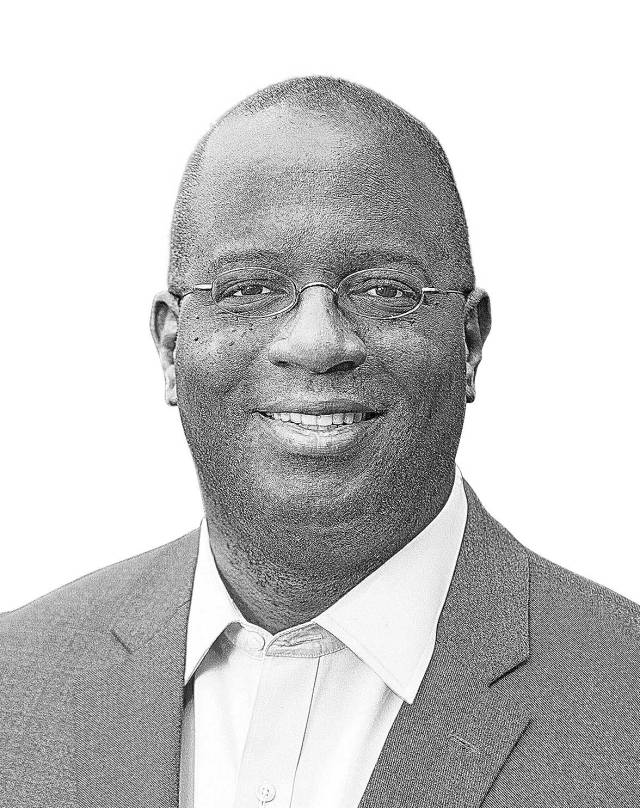
Gene Jarrett
Gene Jarrett
Jarrett is dean of the faculty and the William S. Tod Professor of English.
Tell us about a particular book on your shelf.
Few works of African American literature have stood the test of time as well as W.E.B. Du Bois’ “The Souls of Black Folk” (1903). The book is a literary bridge from the late 19th century, when Du Bois led nationwide debates over African American educational and political progress, to the early 20th century, when he persisted as a racial leader during the Harlem Renaissance of the 1920s. Du Bois’ eloquent arguments for the humanity, spirituality, intelligence and citizenship of “black folk” gain rhetorical power through his talented uses of music, poetry, fiction and the essay.
What’s on your summer reading list?
“The Library: A Fragile History” (2021), co-written by Andrew Pettegree and Arthur der Weduwen, is a comprehensive study of the origin, purpose and implications of libraries, from the ancient collections of bibliophiles to their modern, and quite complicated, evolution in colleges, universities and the broader public.
“The Wager: A Tale of Shipwreck, Mutiny and Murder” (2023) by David Grann focuses on the contrasting tales surrounding a British vessel that had left England in 1740 amid an imperial conflict with Spain, only to wreck two years later on a deserted island near Patagonia.
“Who’s Black and Why?: A Hidden Chapter from the Eighteenth-Century Invention of Race” (2022), edited by Henry Louis Gates, Jr., and Andrew S. Curran, reprints 16 original essays submitted to a 1739 contest held by Bourdeaux’s Royal Academy of Sciences on the best scientific explanations of “blackness.” Translated into English from French and Latin, these essays reveal how physiological, cultural, climatological and religious myths of Africans and their descendants underwrote hypotheses of racial difference and inequality in the Western world.
The last four of the five Library of America volumes on Henry James’ short stories (published between 1874 and 1910), will inform my comparative biography of him and James Baldwin, whose respective literary lives serve as bookends to the next book I am writing on race and cosmopolitanism in the early 20th century. (I have already read the first volume of James’ stories, spanning 1864 to 1874.)
Finally, Maria Ressa’s “How to Stand Up to a Dictator: The Fight for Our Future” (2022) is a portal to the mind of a brilliant, Nobel Prize-winning international journalist and Princeton alumna. As Princeton’s Pre-Read for the incoming Class of 2027, the book is also the ticket to joining the momentum of collective reading that will inspire our campus community this upcoming fall.
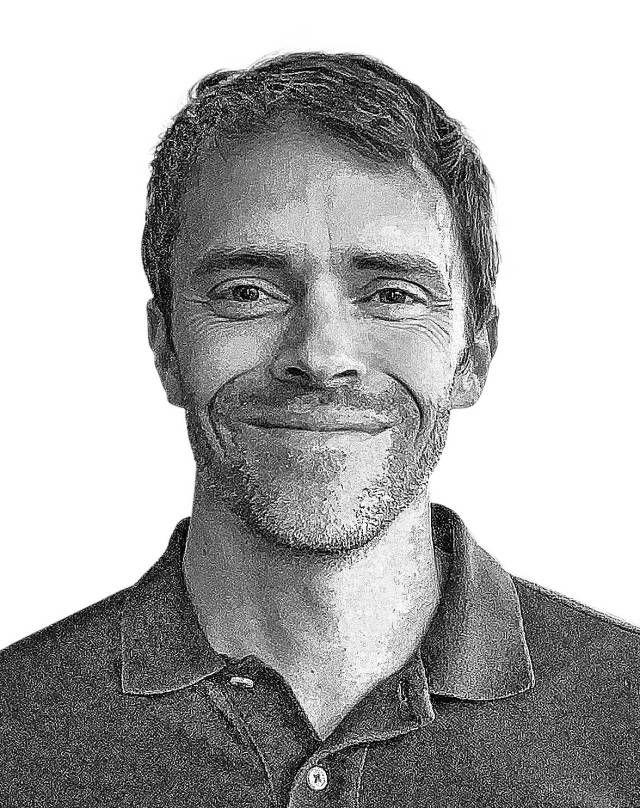
Casey Lew-Williams
Casey Lew-Williams
Lew-Williams is professor of psychology at Princeton.
Tell us about a particular book on your shelf.
“A Dynamic Systems Approach to the Development of Cognition and Action” (1994) by Esther Thelen and Linda Smith. Understanding child development is a challenge, because humans have complicated brains and bodies, and the world out there is very complicated too. Thelen and Smith changed our theoretical understanding and helped scientists realize that you can’t study perception alone, or language or emotion or motor development alone, because they shape one other across time. For example, when a child learns to crawl, their emotions tend to quickly become diversified. Or, when babies learn to grasp objects, they suddenly become more interested in objects and in the social world. This book gets into the weeds, and the field of developmental science would be living in a vacuum without it.
What’s on your summer reading list?
“Liberation Day” (2022) by George Saunders. This promises to be a dystopian delight. Saunders has an ability to immerse me into far-fetched yet close-to-home worlds that I could never think of, and he is a shining example of the generativity of the human mind.
“The Language Game: How Improvisation Created Language and Changed the World” (2022) by Morten Christiansen and Nick Chater. There are a lot of ideas out there about language that are flat-out wrong. I haven’t read it yet, but I suspect this book will feel right to me.
“'John Doe Chinaman': Race and Law in the American West,” a first-draft manuscript by Beth Lew-Williams, an historian here at Princeton and my favorite writer of all time. In reading her prior work, the smallest of sentences and the biggest of ideas can make me feel inspired and heavy all at once. Although I like being a scientist, her work sometimes makes me wish I practiced humanistic scholarship. Archives are amazing.
“Recitatif” by Toni Morrison. This short story was published in book form in 2022, after Professor Morrison passed away. It’s about a friendship between two characters, one Black and the other white, but Morrison doesn’t identify either character’s race. Based on book reviews, I think this premise will make for an interesting hour of reading this summer.
“Childhood by Design: Toys and the Material Culture of Childhood, 1700-Present” (2018) edited by Megan Brandow-Faller. Sometimes I think back to one of my favorite courses in college — Landscape Architecture — and it makes me want to learn more about design. So, I think it's time to unite this with my interest in children's development. "Childhood by Design" is sitting there on the side of my desk, waiting for me to stop writing a grant.
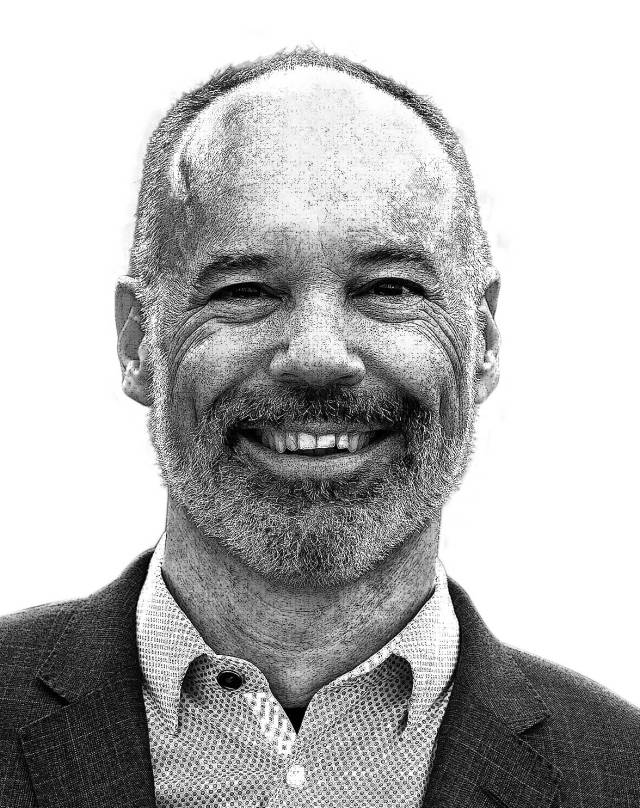
Reed Maxwell
Reed Maxwell
Maxwell is the William and Edna Macaleer Professor of Engineering and Applied Science, and professor of civil and environmental engineering and the High Meadows Environmental Institute.
Tell us about a particular book on your shelf.
“The Emerald Mile: The Epic Story of the Fastest Ride in History Through the Heart of the Grand Canyon” (2013) by Kevin Fedarko. This book is incredibly timely and reads like a car chase — it sneaks in lots of history, geology, hydrology and engineering in the race to save the Glen Canyon Dam. We can learn so much from these historical engineering challenges, and they have so much relevance today. My work focuses on water availability broadly — answering big questions like how much freshwater do we have and how fast is it being replenished and depleted? I do a lot of work in the Upper Colorado River Basin, which provides water to much of the southwestern U.S. While the river basin is in historic drought right now, it can also flood; this book focuses on a time when there was actually too much water.
What’s on your summer reading list?
Given the focus of my research, I’ve been asked if it’s hard for me to relax at the beach. I have to admit I’m more of a summer mountains reader than a summer beach reader, but with coastal flooding, wildfires, floods, it is harder to relax. However, escaping in a great book can sometime take my mind off these things.
These books are on my list:
“Watershed” (1996) by Percival Everett. I listen to the podcast “LeVar Burton Reads” and he did an episode on “Alluvial Deposits,” a short story by the author. To be honest, I was drawn in by the nerdy hydrogeologic title. While it starts out about a hydrologist just trying to get his fieldwork done in a small Utah town, it turns into a rich story of characters and interpersonal dynamics. It’s an amazing short story. “Watershed” features the same character so I put it on my personal reading list. I’m really looking forward to it!
“Brave the Wild River: The Untold Story of Two Women Who Mapped the Botany of the Grand Canyon” (2023) by Melissa Sevigny. I follow a lot of authors on social media and this author and her book came up in my feed. Again, the setting caught my attention but the story looks like an interesting twist.
“The Three Ages of Water: Prehistoric Past, Imperiled Present and a Hope for the Future” (2023) by Peter Gleick. Gleick has been well known in the water space for decades so this should be a good book. I often recommend his scientific journal articles to students who are new to the field as they are well-written and informative.
“Sea Change: An Atlas of Islands in a Rising Ocean” (2023) by Christina Gerhardt. Tina was at Princeton (Jan. 2021-May 2022) as the Currie C. and Thomas A. Barron Visiting Professor in the Environment and the Humanities and Visiting Professor in German and the High Meadows Environmental Institute and engaged in a lot of neat things, including helping with an educational event (the Watershed Academy) that Princeton’s Integrated GroundWater Modeling Center (IGWMC) presents for Princeton-area high-school students at the Watershed Institute in nearby Pennington. Her engagement was inspiring, and I’m looking forward to reading her work.

Elaine Pagels
Elaine Pagels
Pagels is the Harrington Spear Paine Foundation Professor of Religion.
Tell us about a particular book on your shelf.
“How God Becomes Real: Kindling the Presence of Invisible Others” (2020) by Tanya Luhrmann, an anthropologist at Stanford University and a friend. Her question was, "What is it about the human mind that makes religion such a pervasive part of every culture?" She analyzed the practices of every religious culture and found that all have specific imaginative practices that somehow open people to the sense of divine invisible beings. I give it to my undergraduates to read.
What’s on your summer reading list?
“The Hidden Life of Trees: What They Feel, How They Communicate ― Discoveries from A Secret World” (2016) by forester and author Peter Wohlleben is a fascinating discussion of how different species of trees interact and support each other and the creatures around them. It is just a wonderful read.
“The Glitter in the Green: In Search of Hummingbirds” (2021) by Jon Dunn, a natural history writer who spent years tracking the routes of hummingbirds from Mexico to the Antarctic. There are many kinds of species, some are 50 million years old. It's a readable book if you like hummingbirds. We see them a lot where I am writing this summer, in a cabin on the side of a mountain in Colorado. Last year, a mother hummingbird built a nest right next to the window and hatched three babies. We could see the little beaks sticking up, then heads sticking up, and finally little chicks. It was quite a saga.
“Man's Search for Meaning” (1946) by Viktor Frankl is a classic I often go back to because what I teach about has a lot to do with the way people articulate a sense of meaning in their lives or lack of meaning. Written after he was liberated from Auschwitz, it's about his first-person experiences as a prisoner and a secular Jewish psychiatrist. He wanted to know, What helps people survive when everything is more catastrophic than you or I or anybody can imagine, when people are intentionally trying to kill and destroy a whole culture? It's a very powerful book.
“A Confession” (1882) by Leo Tolstoy is a journal of his midlife crisis. At that point, he felt he had done everything in his life, been in wars, written famous books, was married with children. He went into a depression and was hiding his gun from himself because he thought he would shoot himself. He talks about how he came out of that. It's quite beautiful. It's a side of Tolstoy that people don't know.
“Meditations” (ca. AD 171-175) by Marcus Aurelius is a journal of the meditations of the great Roman emperor who's ruler of the world, but he's trying to keep it all in perspective. The meditations are just amazing.
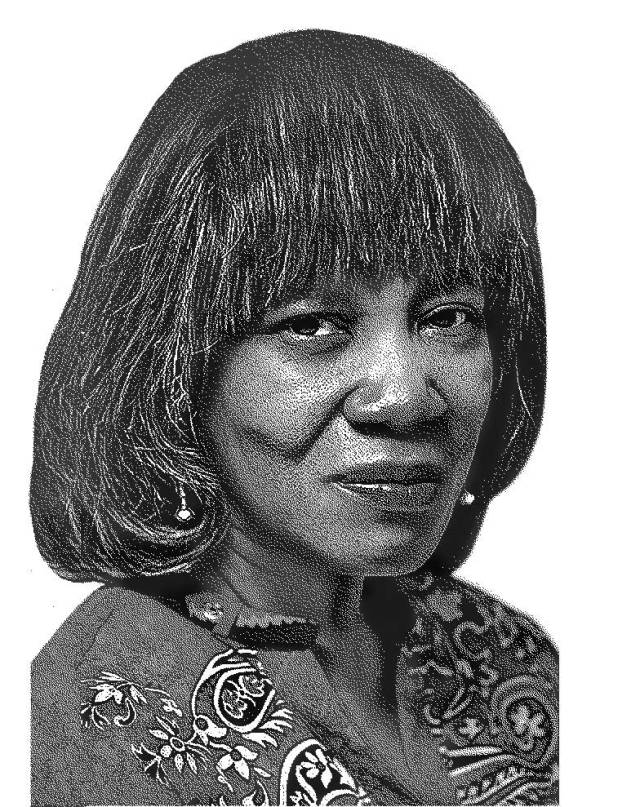
Patricia Smith
Patricia Smith
Smith is visiting professor of creative writing in the Lewis Center for the Arts and the Princeton Atelier.
Tell us about a particular book on your shelf.
My favorite book on or off any shelf is undoubtedly Gwendolyn Brooks’ “Blacks.” Why?
In stanzas of scar and light, she etches a rough
symphony for those of us reconciled to shifting
shadow and the jolt of a much harder music.
From the splintering pews of Chicago’s Baptist
shacks, from beauty shops swathed in the sugar
stink of singed hair, from meat markets where
switch-hipped mamas dragged their weekday
scuffs through sawdust and blood, from concrete
parks and streetcorner taverns wearing the names
of the men who slumped and jazzed there, from
the shelf of grandmama’s shadowbox crammed
with porcelain pork and that funeral home fan,
from westside alleys with their rats and ruckus,
from behind hooked screen doors, from Madison
Street stores touting layaway and lightnin’ loans,
from the lush and lynch of the South to the North
and its boulevards of sham gold, her mothering
wail gathers us all, blesses us with backslap
and rhyme, draws us into her circle of arms.
What’s on your summer reading list?
Poet Shane McCrae’s “Pulling the Chariot of the Sun” (Aug. 1, 2023) is an utterly heartrending memoir that chronicles, of all things, his kidnapping. When he was a toddler, Shane was abducted by his white grandparents, who worked feverishly to reshape his life into one that denied the existence of his Black father. I’m drawn to the syntactic surprises that result when poets turn to prose, and want my students to see the blurring of the narrative lines between the genres. Also, since I’m working on a novel, and am a rabid fan of Shane’s stanzas, I’m going to study every move he makes.
“Spoken Word: A Cultural History” (2023) by Joshua Bennett. Since I began my late ’80s poetic sojourn by venturing onstage and begging beer-sodden bar patrons to love whatever I said, I expect Joshua Bennett’s exhaustive work to align neatly with my own biography. Joshua — a noted poet and Princeton 2016 graduate alum 2016 (rah!) — stalks all my old beloved haunts, including NYC’s Nuyorican Poets Cafe on the Lower East Side (still a gloriously chaotic venue I love to visit with my unsuspecting students) and the jazzy dives in Chicago where the notorious Poetry Slam first lifted its lyric. It’s hard to believe that spoken word has been speaking its word for five decades. It’s even harder to believe that I’ve been around for pretty much the whole time.
“The Greatest of Marlys” (2016) by Lynda Barry, “The Essential Dykes to Watch Out For” (2008) by Alison Bechdel and “The Complete K Chronicles” (2008) by Keith Knight. These comic compilations are always on my table, beside my bed or right at hand when I sink to the carpet to snuggle with my waggy one. I’ve loved comics forever, and am a huge fan of these three — Lynda because her Marlys aches me with middle-school recognition, Alison because “Dykes” is the bestest and most badass soap opera ever, and Keith because he is a blade-edged social critic with absolutely zero filter.
Oh, and “Can’t We Talk About Something More Pleasant?” (2016) by Roz Chast, the only New Yorker cartoonist I care to understand. It’s a punchgut of an illustrated memoir that convinced me that she and I have the same parents. Can’t wait for her “I Must Be Dreaming,” coming in October, in which she promised to “illustrate my own dream world.” That, dear reader, is a delightfully frightening prospect.
